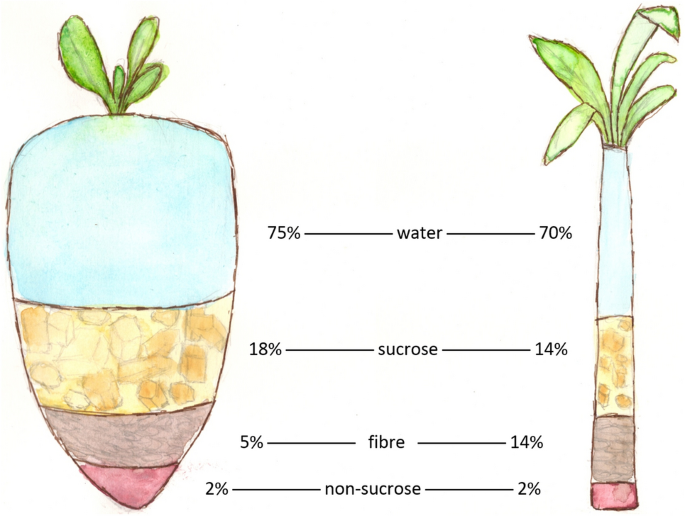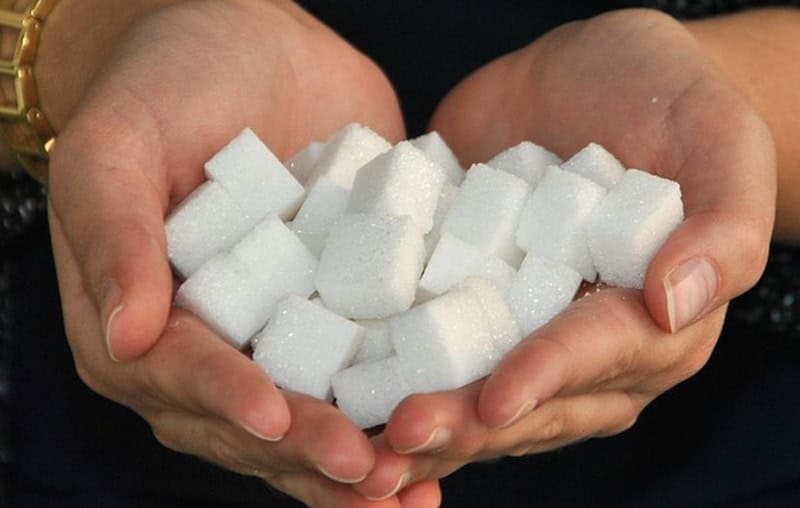Some people prefer beet sugar vs cane sugar for its claimed health properties and minimal processing.
Some people prefer beet sugar vs cane sugar for its claimed health properties and minimal processing.
Blog Article
Discover the Uses and Perks of Beet Sugar Vs Cane Sugar in Your Daily Diet Regimen
Exploring the distinct top qualities of beet and cane sugar discloses more than simply their sweetening capacities; it highlights their distinct effect on wellness and culinary arts. Beet sugar, recognized for its refined taste, is typically preferred in fragile desserts, whereas cane sugar, with its tip of molasses, includes splendor to durable meals. Each type holds its very own nutritional profile and glycemic implications, welcoming a deeper understanding of their functions in a balanced diet regimen and sustainable consumption techniques.
Origin and Manufacturing Processes of Beet and Cane Sugar

The distinctive climates and soil kinds needed for growing sugar beetroots and sugarcane add to differences in their growing practices and geographic distribution, affecting the economics and sustainability of their production. beet sugar vs cane sugar.
Nutritional Comparison In Between Beet Sugar and Cane Sugar
Despite originating from different plants, beet sugar and cane sugar are nutritionally very similar, both mostly containing sucrose. Each provides about 4 calories per gram, equating to about 16 calories per teaspoon. Structurally, both sugars are made up of around 99.95% sucrose, with minimal quantities of various other materials like wetness and trace element, which do not considerably alter their nutritional profiles.

Eventually, when selecting between beet sugar and cane sugar based upon nutritional content alone, both offer the same benefits and disadvantages as they are basically kinds of the same particle-- sucrose, providing fast power without other nutrients.
Effect on Health: Glycemic Index and Caloric Content
Exploring additionally into the impacts of beet sugar and cane sugar on health, it is very important to consider their glycemic index and calorie content. Both sugars are identified as sucrose, which is composed of sugar and fructose. This structure leads them to have a comparable effect on blood sugar level levels. The glycemic index (GI) of both beet and cane sugar is around 65, categorizing them as high-GI foods, which can cause fast spikes in blood glucose degrees. This is an important aspect for individuals handling diabetes mellitus or those attempting to stabilize their energy levels throughout the day.
Each sort of sugar contains about 4 calories per gram, making their calorie material matching. For those keeping track of caloric consumption, particularly when taking care of weight or metabolic health problems, understanding this equivalence is important (beet sugar vs cane sugar). Nonetheless, extreme consumption of any kind of high-calorie, high-GI have a peek at this website food can add to health problems such as weight problems, cardiovascular disease, and insulin resistance.
Environmental and Economic Factors To Consider of Sugar Production
Beyond health and wellness influences, the production of beet and cane sugar likewise elevates substantial environmental and economic issues. Sugar beet cultivation has a tendency to call for cooler climates and has a lower geographical footprint contrasted to sugar cane, which prospers in tropical areas. Both plants are intensive in terms of water usage and land profession, potentially leading to logging and water scarcity. Economically, the international sugar market is highly unstable, affected by changes in international profession policies and subsidies. Lots of countries incentivize sugar manufacturing with financial backing, skewing market rates and impacting small-scale farmers negatively.
In addition, the use of pesticides and fertilizers in both beet and cane sugar cultivation can result in dirt destruction and pollution, more impacting biodiversity and local water bodies (beet sugar vs cane sugar). The option between cultivating sugar beet or cane frequently pivots on local ecological conditions and economic elements, making the sustainability of sugar production a complicated concern
Culinary Applications and Flavor Distinctions
While the ecological and financial aspects of sugar manufacturing are certainly considerable, the selection between beet and cane sugar also influences culinary applications and taste accounts. Beet sugar, obtained from the sugar beet plant, is understood for its incredibly neutral taste.
Cane sugar, removed from sugarcane, usually keeps her comment is here molasses traces, which pass on a distinct richness and depth. This small molasses taste improves the complexity of baked products, sauces, and sauces. It is particularly preferred in products where a sugar undertone is wanted, such as in brownies or gingerbread. The mild variant in wetness web content between beet and cane sugar can affect the texture and uniformity of recipes, making cane sugar a preferred choice for specific dishes that profit from its special residential properties.

Final Thought
In final thought, both beet and cane sugar have distinctive beginnings and production visit this site processes, supplying similar dietary accounts with mild differences in salt content and flavor. While their effect on health and wellness, specifically regarding glycemic index and calories, is similar, the choice in between them usually comes down to environmental, economic factors, and particular cooking requirements. Understanding these facets can assist customers in making informed choices that line up with their wellness goals and flavor choices.
Report this page